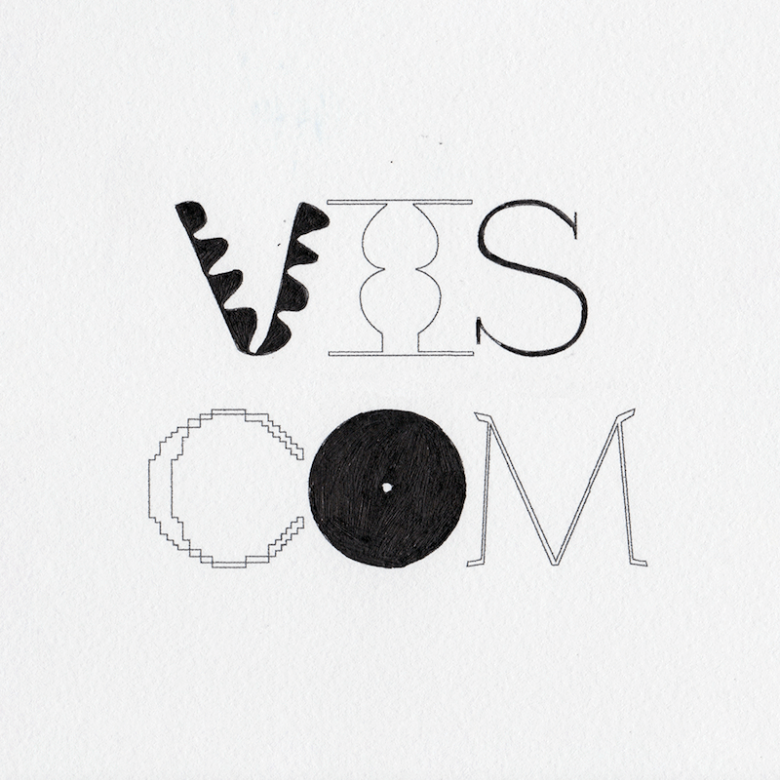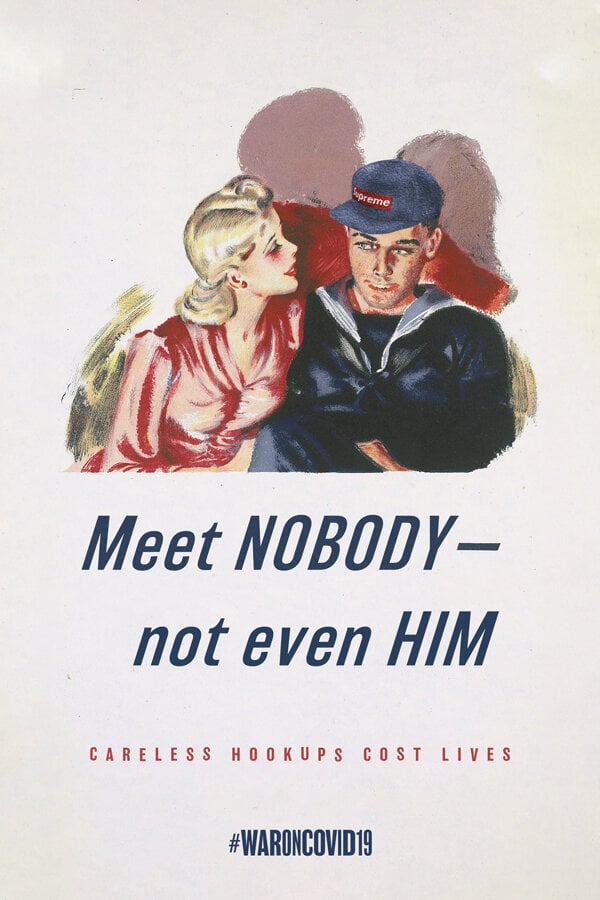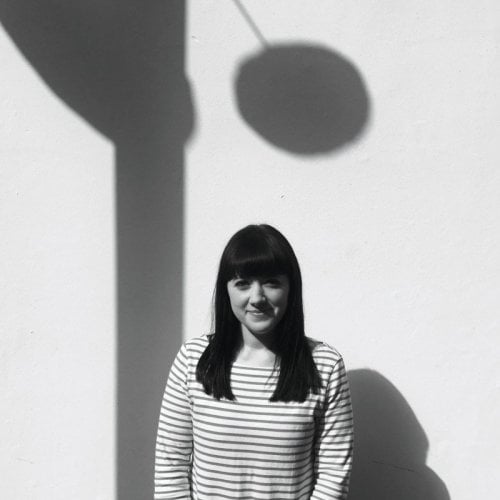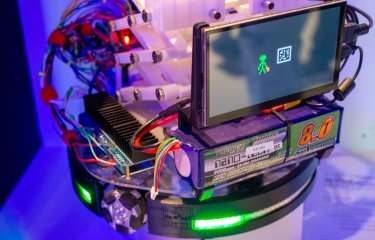What is Visual Communication?

Visual communication is all around us. It improves our understanding, interactions, and experiences in our everyday, but how can you explain what it really is? We caught up with Sarah Langford, multidisciplinary graphic artist and Course Leader of BA(Hons) Visual Communication (Online) to explore how we use visual communication and why it matters.
What is visual communication?
Visual communication is storytelling; it’s how we communicate information and create experiences across a range of visual mediums. It can be found within design, illustration, photography, art and advertising; it could be an image, a quote, a campaign, a film or an animation.
Great visual communication has the power to inform, educate, challenge, provoke and even change behaviour using visual materials.
Why do we need visual communication?
We need visual communication to help enrich our lives, teach us visual literacy and help us to understand systems, messages, and points of view.
We all learn differently, and visual communication can be a tool to help people digest complex information quickly and improve user experience without the need for detailed written information. It can break down barriers by transforming challenging language into easily understood visual material – such as posters or infographics that convey a clear message.
Can you give an example of visual communication in action?
Falmouth’s graduates have created some wonderful examples of visual communication. Graduates James Hodson and Jason Keet, who work at the creative agency Engine Group, designed a series of posters aimed at encouraging good behaviours during the Covid-19 pandemic. Their WarOnCovid campaign transformed lengthy government guidance into wartime-style images that communicated clear instructions to the public. The campaign gained traction on social media and was also featured in the New York Times.
The poster campaign successfully demonstrates how visual communication can help make sense in a world that’s full of misinformation.

What’s the difference between a Visual Communication and Graphic Design degree?
The BA(Hons) Visual Communication degree at Falmouth brings together more than one specialism – such as design, illustration, film and photography practices – to develop thoughtful, multidisciplinary creatives ready for adaptable and dynamic careers.
In contrast, a Graphic Design degree typically focuses on the more technical side of visual communication; things like typography and drawing processes, to set a graduate up as a graphic designer.
Visual Communication students learning online with Falmouth are taught by an eclectic range of creative practitioners, including designers, illustrators, photographers, animators, filmmakers and user experience designers. Students hear from a broad range of creatives; helping them to build a rounded understanding of the industry.
With a solid understanding of advertising, marketing, branding, narrative and audience, our students are guided to produce innovative visual material that is impactful, engaging and memorable.
What kind of job roles can you get with a Visual Communication degree?
Students could go on to work as designers, art directors, illustrators, animators, photographers, filmmakers or multidisciplinary creatives. Many Visual Communication graduates work as freelancers or set up their own design studios.
Falmouth’s visual communicators have an extensive range of graduate opportunities on the horizon. They are future storytellers, equipped to question, help, challenge, and inform others.
Illustration, design, film and photography skills are taught alongside fundamental transferrable skills such as problem solving, research, experimentation, risk taking and critical reflection. By the end of the Visual Communication degree, students will have a portfolio of work that reflects their skills and a business plan to help sustain a creative career.
What role do you see visual communication playing in the creative economy?
Increasingly, employers are seeking digitally proficient graduates with interdisciplinary skills who can use a range of digital tools and technology. The ability to learn new systems and customise digital tools are crucial for the jobs of the future.
Another growth area for future employability is data and analytics: for our Visual Communication graduates, we see them using data for research, but also having the ability to visualise and communicate data to the public.
According to research by Burning Glass "jobs as user interface or other types of design are growing at 35% per year. While machines can often automate and recommend decisions or even analyse data, we need people to design the user experiences, systems, and platforms that we use every day."
It's our visual communicators who will foster the fusion of creativity and new technologies to shift mindsets and inspire action.
Learn to create impactful visual content with Falmouth's online degree in Visual Communication. Study full-time or part-time from anywhere in the world, learning from industry experts live from their studios to yours.

About Sarah Langford
Sarah Langford is a designer and educator, whose works have been exhibited internationally. Her most recent designs and research are published in Illustration Research Methods, Bloomsbury 2021. Find out more about Sarah’s career by visiting her staff profile:




